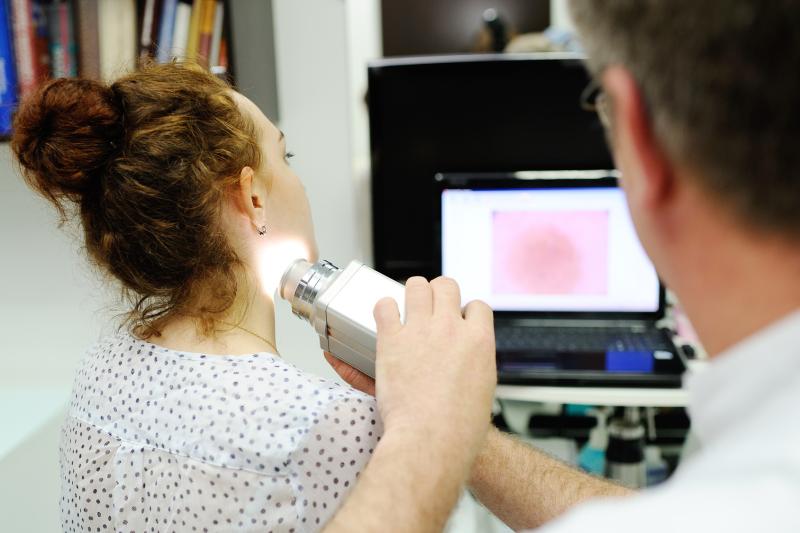
Artificial intelligence (AI) methods appear to be effective for diagnosing melanoma, as the performance of traditional machine learning for the small dataset of melanoma dermoscopic images shows satisfactory results in a recent study.
AI methods for the classification of melanoma have been studied extensively, but few studies compare these methods under the same standards, according to the investigators.
This study aimed to determine the best AI method for the diagnosis of melanoma. A total of 2,200 dermoscopic images were used for the contrast test. Image segmentations, feature extractions and classifications were carried out in sequence for the assessment of traditional machine learning algorithms. For transfer learning training classification, the investigators used the recent popular convolutional neural network frameworks.
Segmentation performance was the best with the region growing algorithm, with an intersection over union and a false-positive rate of 70.06 percent and 17.67 percent, respectively. Logistic regression showed better classification performance, with a sensitivity and a specificity of 76.36 percent and 87.04 percent, respectively.
In addition, the Inception V3 model (Google, Mountain View, CA, US) had the best performance in deep learning algorithms, with an accuracy of 93.74 percent, a sensitivity of 94.36 percent and a specificity of 85.64 percent.
“[T]he potential for deep learning in the future big data era is enormous,” the investigators claimed.
This study was limited by the absence of division in the severity of melanoma sample used in this experiment and the relatively small dataset for deep learning.